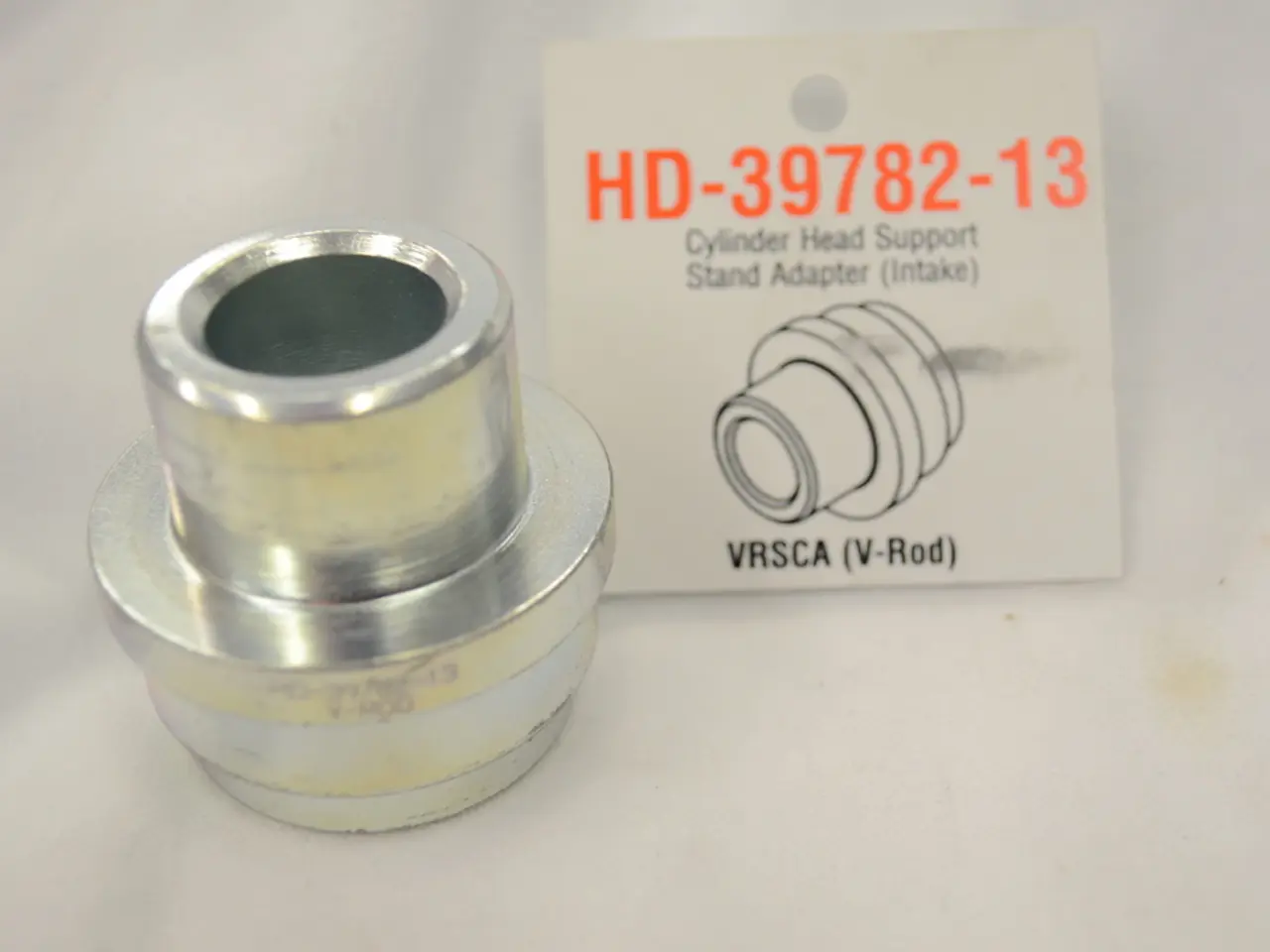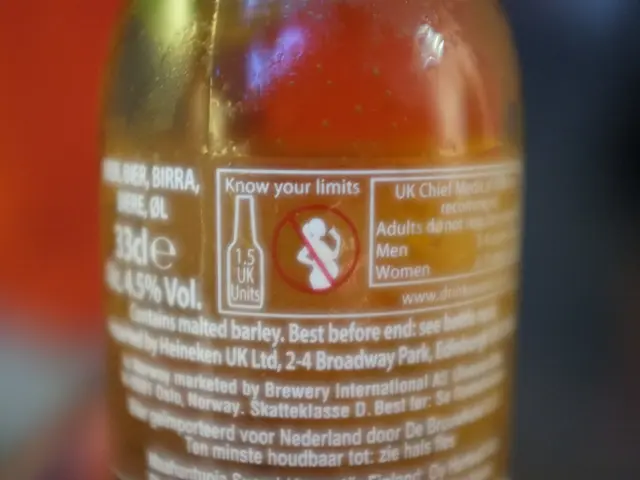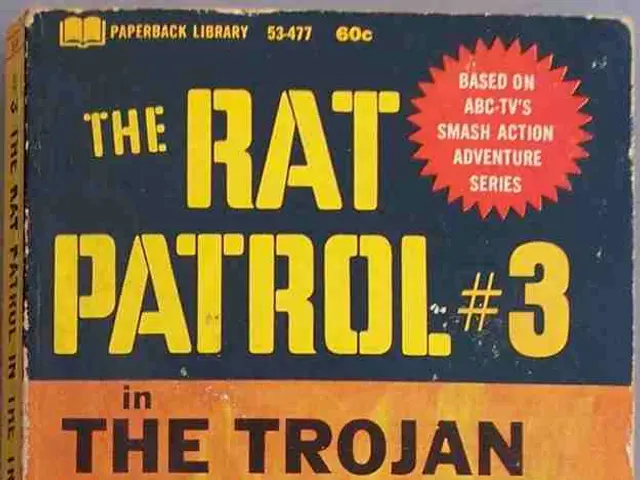Enhancing Sustainable Corporate Air Emissions Reporting with the CII-EMC CAER Guide (2024) for Improved Compliance
The Corporate Air Emissions Reporting (CAER) Guide, developed by the California Air Resources Board (CARB), is a valuable resource for businesses in India, aiming to address challenges in air emissions reporting.
Operational barriers often arise due to the struggle to differentiate between "air emissions" (pollutant loading) and "ambient air monitoring" (pollutant concentrations), leading to inconsistencies in disclosures. The CAER Guide establishes clear distinctions between these two aspects, reducing ambiguities in disclosures.
By adopting the good practices outlined in the CAER Guide, companies can improve their reporting accuracy and transparency. The guide offers standardized processes and real-world examples for emissions reporting, helping businesses align with frameworks like BRSR and global ESG disclosure standards.
One of the key challenges in air emissions reporting is the lack of clarity in pollutant categorization, with overlapping definitions of pollutants like VOCs, HAPs, and POPs. The CAER Guide clarifies pollutant categories and provides tools for converting emissions data into relevant units, ensuring consistency and comparability.
In India, the Securities and Exchange Board of India (SEBI) has introduced the Business Responsibility and Sustainability Reporting (BRSR) framework, mandating the top 1,000 listed companies to report their emissions data, covering PM, SO2, NOx, and additional pollutants like VOCs, POPs, and HAPs.
Companies face inconsistencies in reporting practices due to differences in preferred units. Global standards favor reporting emissions in mass units like tonne, while Indian companies typically use concentration units such as parts per million (ppm) or micrograms per cubic meter (μg/m3). The CAER Guide can help bridge this gap by offering guidance on converting emissions data into standard units.
High costs associated with monitoring certain pollutants, like HAPs and POPs, further deter comprehensive reporting. By improving the quality of air emissions reporting, Indian companies can strengthen their reputational capital and position themselves as leaders in environmental stewardship.
The CAER Guide serves as a vital resource for businesses of all sizes and sectors, empowering them to align with regulatory requirements, adopt global best practices, and enhance their sustainability performance. Through the CAER Guide, Indian businesses can play a pivotal role in achieving clean air goals and fostering a sustainable future for generations to come.
To download the CAER Guide, visit: CAER Guide Download Link. To learn more about the CII 'Cleaner Air Better Life' Initiative, visit: CII Cleaner Air Better Life Initiative.
The Global Reporting Initiative (GRI) is another worldwide framework used by organizations to disclose their economic, environmental, and social impacts, with a focus on air emissions. The GRI 305-7 standard requires companies to disclose data on nitrogen oxides (NOx), sulfur oxides (SO2), and other significant air emissions in absolute terms, detailing sources, calculation methodologies, and assumptions used.
In conclusion, the CAER Guide offers a comprehensive solution to the challenges faced in air emissions reporting, paving the way for improved transparency, consistency, and comparability in emissions disclosures across India. By adopting the CAER Guide, businesses can enhance their sustainability performance, strengthen their reputational capital, and contribute to a cleaner, healthier environment for all.
Read also:
- Federal solar energy initiatives among Wyoming's tribal communities face varying outcomes following the Trump Administration's withdrawal of funding.
- Exploring Hemp Insulation: Is This Eco-Conscious Solution Worthwhile for Your Construction Project?
- Construction fleet and urban transport emissions could see a significant reduction with the implementation of biogas as a game-changing solution.
- Fiercely battling for survival, a student hails from Ludwigsburg








